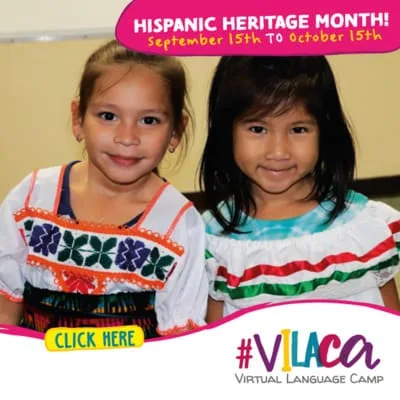“¡Feliz Navidad y próspero Año Nuevo!” (Merry Christmas and happy new year!) is what you will hear ringing through the streets this time of year in Latin America. Here are some common Christmas traditions that you will find in Latin America:
Las Posadas:
This tradition reenacts Mary and Joseph’s search for shelter in Bethlehem. Communities organize processions, where participants go from house to house seeking shelter. The reenactment is accompanied by singing and often concludes with a feast.
Nativity Scenes (Nacimientos or Pesebres):
Nativity scenes are an integral part of Christmas in Latin America, often displayed in homes, churches, and public places. These nativity scenes are often intricate and include not only the Holy Family but also figures representing local culture. Baby Jesus: In many Latin American countries, the baby Jesus figurine from nativity scenes is taken from the family’s nativity scene to be blessed in the church during the holiday season.
Misa de Gallo:
Like in Spain, attending midnight Mass, known as “Misa de Gallo” (Rooster’s Mass), is a significant part of Christmas Eve celebrations in many Latin American countries.
Parrandas and Villancicos:
In some Latin American countries, particularly Puerto Rico and Venezuela, groups of friends and neighbors go caroling from house to house, and the gatherings are called “parrandas” in Puerto Rico and “aguinaldos” in Venezuela.
Feasting:
Traditional Latin American Christmas meals vary by region, but they often include tamales, roasted pork, rice and beans, and a variety of desserts like “buñuelos,” “roscas de reyes,” and “panettone.”
Fireworks:
Though people from the United States often think of fireworks for the Fourth of July or New Years, many Latin American countries, especially in Central America and the Caribbean, shoot off fireworks to celebrate Christmas.
Piñatas:
Piñatas are a popular part of Christmas celebrations, especially in Mexico. They are filled with candies and small toys and are traditionally broken open by blindfolded children during holiday gatherings.
Epiphany Celebration (Día de los Reyes):
In many Latin American countries, the celebration of the Epiphany, or “Día de los Reyes,” on January 6th, is as important as Christmas Day. It commemorates the arrival of the Three Wise Men, and children receive gifts on this day.
Aguinaldos and Regalitos:
It’s common to exchange gifts and small tokens of appreciation with friends, family, and neighbors during the holiday season, often accompanied by the singing of aguinaldos (Christmas carols).
Cultural Dances and Performances:
In some regions, traditional dances and performances are an integral part of Christmas celebrations, such as the “Pastorelas” in Mexico or the “Diablitos” dance in Costa Rica.
What if this Christmas, instead of looking at their grandmother with a blank stare, your children were able to understand her Spanish and even reply to her in Spanish? Learning a new language and culture is one of the best gifts you can give your child. Sign your child up for Cultural Bytes’ One-on-one tutoring or our ViLaCa (Virtual Language Camp) program to start the language learning process today!







